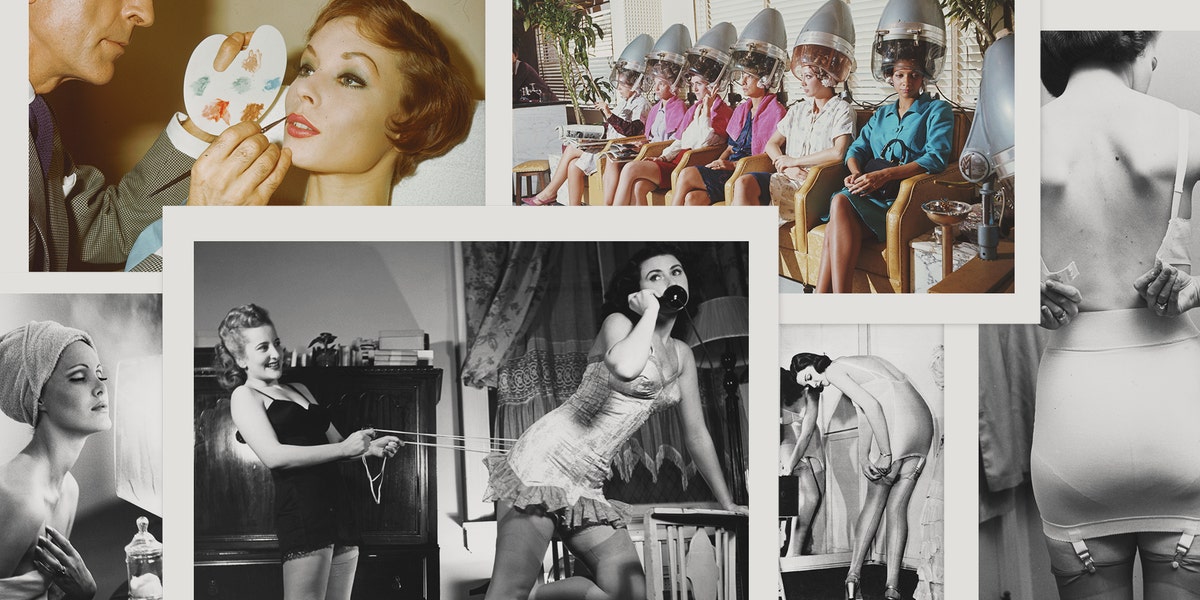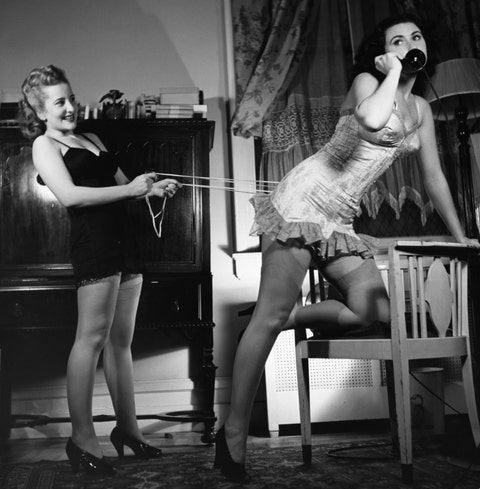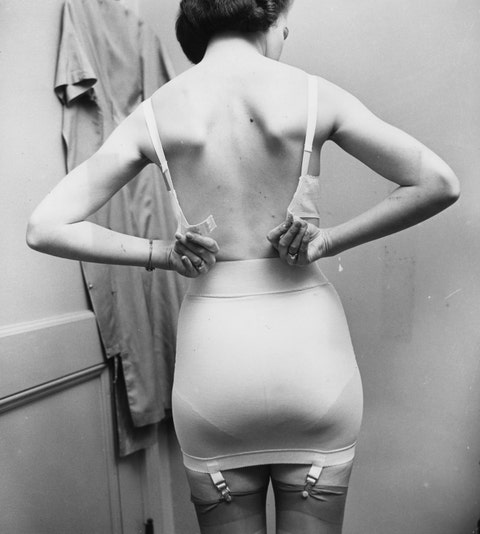Style Points is a weekly column about how fashion intersects with the wider world.
You don’t exactly need to be a scholar of fashion to know that its pendulum always swings between extremes—dress silhouettes go from bandages to sacks and back, and the instant a trend hits its saturation point, you can bet that its complete opposite is waiting in the wings to deliver its solo. Never has that been clearer than over the past few months, as body-conscious dressing with more cutouts than a slice of Swiss cheese has come into its own, displacing the all-comfort, all-the-time status quo. From Jacquemus to KNWLS to London’s Queen of Cling Nensi Dojaka, the fashion industry is betting on all things skin-baring as a mood lifter and life preserver all in one.
And I want to be excited about that. As a lover of fashion and a fan of all the above designers, I’m pulling for everyone involved. But the pressure to achieve what society deems the “perfect” re-emergence look, and the invisible work that often seems to demand, is jarring to think about for those of us who were getting used to clothes that swaddle, rather than display. As lockdowns began here in the U.S., those of us lucky enough to work remotely quickly found that rib-tickling waistbands, underwire bras and shoes that weren’t at least distant cousins to a slipper started to feel like relics of a less enlightened time. When I thought about how many days I spent enclosed in the itchy agony of a pair of tights, or buckled over from high-waisted pants, it was like hearing about life in the 1800’s: people used to live like this?
While the Before and After times aren’t really as binary as we’d once thought, it’s become a fashion and media preoccupation to imagine dressing for the After and all the anticipation and dread that entails. Amanda Mull asked in The Atlantic, “What do you wear to reenter society?” and offered some answers drawn from the way previous pandemics shaped fashion, while Talia Lavin pushed back against the pressure to have a Hot Vaxxed Girl Summer with a frankly appealing-sounding alternative: Blob Girl Summer. Obviously, the extent to which you want to dress up remains a personal choice. Many people are cheered by the prospect of using clothing as a pick-me-up. But for the rest of us, there’s an external keep-up-with-the-Joneses pressure that feels like a combination of the first day back at school, a college reunion and the world’s most awkward mixer is looming. When I hear people fretting about looking perfect for the summer to come, I second-guess myself. (Should I have been popping in Invisalign or investing in a Peloton back when I was simply focused on survival?)
What happened to going easy on ourselves? Last year, fashion’s firm re-centering around physical comfort—something that had been trending long before the pandemic, with haute sneakers and tracksuits becoming the norm—felt like a benchmark of some kind. It was freeing to not think about how I looked to others or where I might fall short, to let go of the idea that, especially as a female-identifying person, I needed to appear a certain way and achieve a certain level of grooming simply to do my job. (If athleisure mobilized me, then sweatpants radicalized me.) I hoped that, in the same way we reconsidered the way we do so many other things—work, commute, structure our days—we might demand a sea change rather than a return to a flawed version of “normal.”
Instead, things feel like they’re moving at hyper-speed, with fashion and beauty standards only more accelerated than they were pre-lockdown. Anecdotally, I keep hearing about four-figure purchases or obscure plastic surgery procedures from people who were previously strangers to both practices. When it comes to fashion, the unsustainable (in multiple senses) expectation that we sink money into keeping up with the latest trends has come roaring back, and the idea of post-pandemic “revenge shopping,” while understandable, feels antithetical to one of the biggest lessons we’ve learned in the past year. Namely, that we really only need so much.
This content is created and maintained by a third party, and imported onto this page to help users provide their email addresses. You may be able to find more information about this and similar content at piano.io



